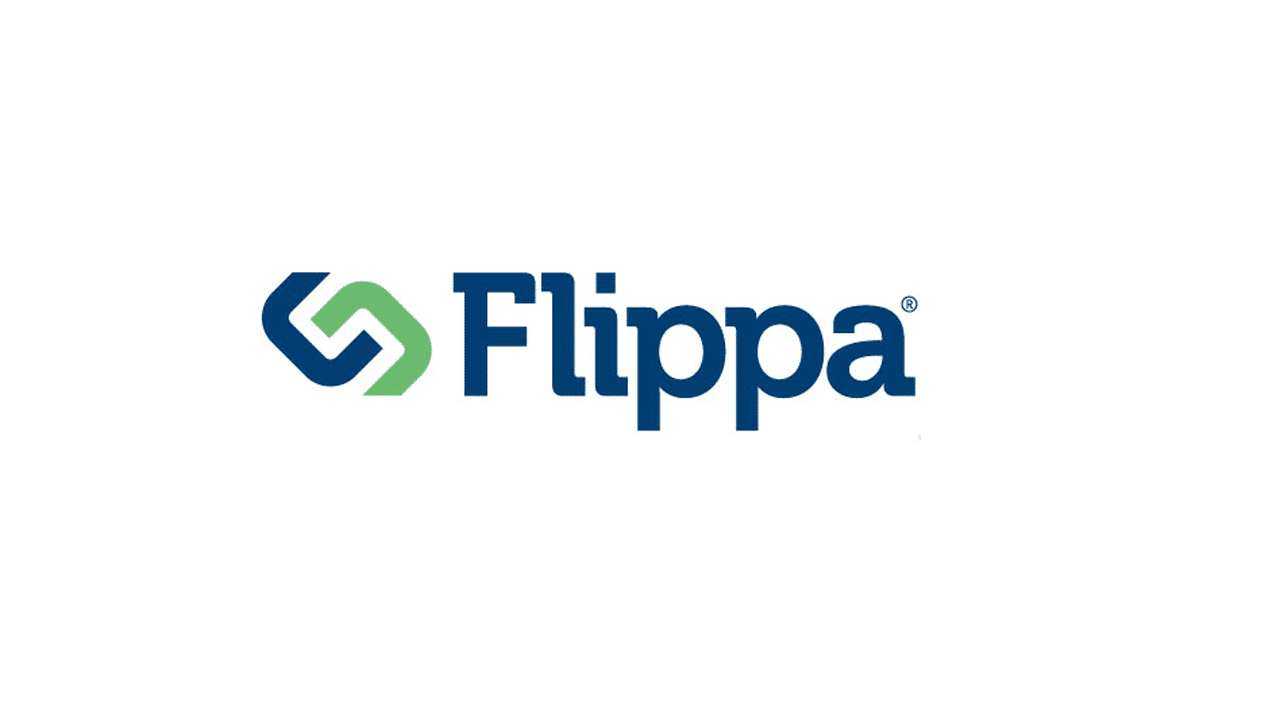In June 2019, the China Internet Network Information Center (“CNNIC”) extended the limitation period to file a .cn complaint under the cnDispute Resolution Policy (the “CNDRP”) from two to three years1. But does the transfer of the domain name to a new registrant restart the clock? The recent decision in 章节四公司 (CHAPTER 4 CORP.) v. 林建河 (HKIAC Case No. DCN-1900893)2 (“Supreme Case”) has shed further light on this issue.
Background
CHAPTER 4 CORP. (“Complainant”), which owns numerous “SUPREME” trademarks, filed a CNDRP complaint with the Hong Kong International Arbitration Centre (“HKIAC”), seeking the transfer of the domain name created in 2006. However, 林建河 (“Respondent”) acquired the domain name between July and September 2017 – eleven years after the domain name was first created, and two years before the new limitation period under the CNDRP came into operation. The Panel therefore faced a dilemma: could the Complainant avail itself of the CNDRP in order to recover the domain name?
Which Limitation Period Applies?
Under the previous version of the CNDRP, a complaint had to be filed within two years of registration of the disputed domain name. The June 2019 amendments to the CNDRP extended this limitation period to three years. The Complaint was filed in April 2019, before the amendments to the limitation period had come into effect. Therefore, the Panel held that the two year limitation period applied in relation to the Supreme Case.
Does the Transfer of a Domain Name Amount to a New Registration?
If the transfer of a domain name to a new registrant does not amount to a new registration, then the limitation period in the Supreme Case would have expired, as the disputed domain name was first created in 2006. However, if the transfer of the domain name (in July to September 2017) does amount to a new registration, then the complaint (filed in April 2019) would fall within the limitation period, and would be eligible to be determined under the CNDRP.
The CNNIC were asked to provide a recommendation on whether the complaint filed in the Supreme Case was eligible to be determined under the CNDRP. The CNNIC recommended that complaints should not be accepted where the domain name was created (i.e. first registered) outside the limitation period, regardless of whether the domain name had been subsequently acquired or transferred. Even though article 51 of the CNDRP Rules allows the CNNIC to provide an interpretation of the rules, the CNNIC is not allowed to participate in any CNDRP proceedings in any manner whatsoever. The majority of the Panel decided that the CNNIC’s “recommendation” did not amount to an interpretation and, as such, was not binding.
The Panel referred to previous decisions and the Guide to HKIAC Domain Name Dispute Resolution.
Section 6.1 of the Guide to HKIAC Domain Name Dispute Resolution and the cited decision of Beijing Suning Shangpin Appliance Co. Ltd. v. Eryue (ADNDRC Case No. HK-1500764) support the position that the transfer of a domain name amounts to a new registration. In the same way as good faith use of a domain name by a previous owner cannot be carried forward and attributed to a subsequent owner, the transfer of a domain name should amount to a new registration. The Panel therefore held that the limitation period should be calculated from the date of transfer of the domain name to the Respondent, and the deadline to file had not yet expired when the complaint was submitted.
The Panel’s decision in the Supreme Case is consistent with the generally accepted position under the Uniform Domain Name Resolution Policy, and the position taken by the panellists in Leister Brands AV v. Chen Qiuheng (HKIAC Case No. DCN-1500641). The panel in that case based their decision on the fact that Article 9 of the CNDRP referred to both registration and acquisition of a domain name in relation to circumstances that amounted to bad faith, and so similarly the transfer of a domain name should constitute a new registration. They also noted that to find otherwise could indirectly encourage cybersquatting.
Takeaways
Whilst previous decisions are not binding, it seems that panels will continue to adopt the stance that the transfer of a domain name to a new registrant will restart the limitation period. This position, plus the longer three year limitation period, gives brand owners additional time to tackle cyber squatters who register domain names. However, proactive monitoring of domain names is crucial to prevent a brand owner from being time barred from utilising the CNDRP. If time barred, brand owners would have to turn to lengthy and costly court proceedings to recover a domain name that incorporates their brand. In the long run, it may be more cost effective for brand owners operating in China to secure as many domain names as possible to pre-empt potential cybersquatters.
Source: (https://www.mondaq.com/)





















